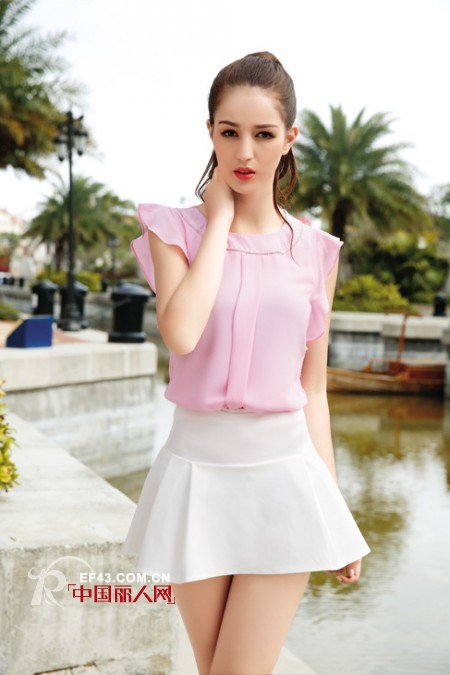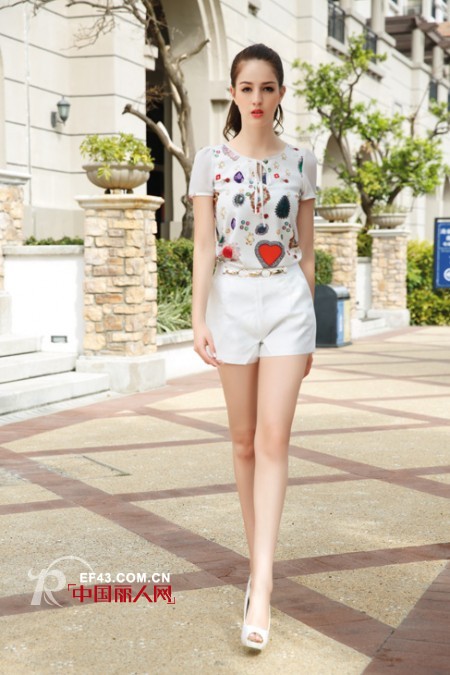How to look better with a white skirt and shorts?
Scorching summer, clean and fresh white is absolutely essential for us to dress up a single product, of which, of course, ultimately, white skirts and white shorts, then how should we come with them more stylish look good? The following Xiaobian Weapon for everyone, like the white MM come get new skills Oh!

White skirt fresh and generous, umbrella skirt skirt was thin and cute playable, waist design slender waist slender, with pink chiffon top wear, sweet and fresh lady, summer wear and then fit but.

If you do not like dresses, then you can try white shorts, white shorts are also very fresh and generous to wear, but also to avoid the embarrassment of walking, then if you want to wear white shorts, we can choose white printed chiffon shirt to Wear together, stylish eye-catching at the same time with the overall sense of unity is also very good, with the MM on the map is the best model, like the MM can try. (Figure source: still show women )
Tie-dye is a modern term invented in the mid-1960s in the United States (but recorded in writing in an earlier form in 1941 as "tied-and-dyed", and 1909 as "tied and dyed" by Luis C. Changsut, referenced below)[1] for a set of ancient resist-dyeing techniques, and for the products of these processes. The process of tie-dye typically consists of folding, twisting, pleating, or crumpling fabric or a garment and binding with string or rubber bands, followed by application of dye(s).[2] The manipulations of the fabric prior to the application of dye are called resists, as they partially or completely prevent the applied dye from coloring the fabric. More sophisticated tie-dyes involve additional steps, including an initial application of dye prior to the resist, multiple sequential dye and resist steps, and the use of other types of resists (stitching, stencils) and discharge.
Unlike regular resist-dyeing techniques, tie-dye is characterized by the use of bright, saturated primary colors and bold patterns. These patterns, including the spiral, mandala, and peace sign, and the use of multiple bold colors, have become cliched since the peak popularity of tie-dye in the 1960s and 1970s. The vast majority of currently produced tie-dyes use these designs, and many are mass-produced for wholesale distribution. However, a new interest in more 'sophisticated' tie-dye is emerging in the fashion industry, characterized by simple motifs, monochromatic color schemes, and a focus on fashionable garments and fabrics other than cotton.[3] A few artists[4][5][6] continue to pursue tie-dye as an art form rather than a commodity.
Tie-dye
Shaoxing Blange Import&Export Co.,Ltd , https://www.blg-yc.com